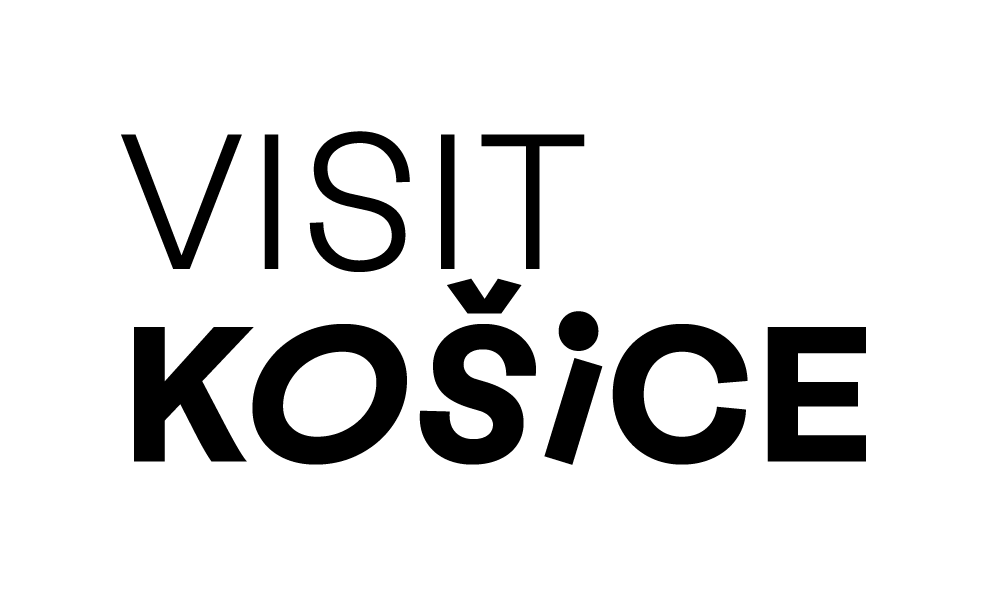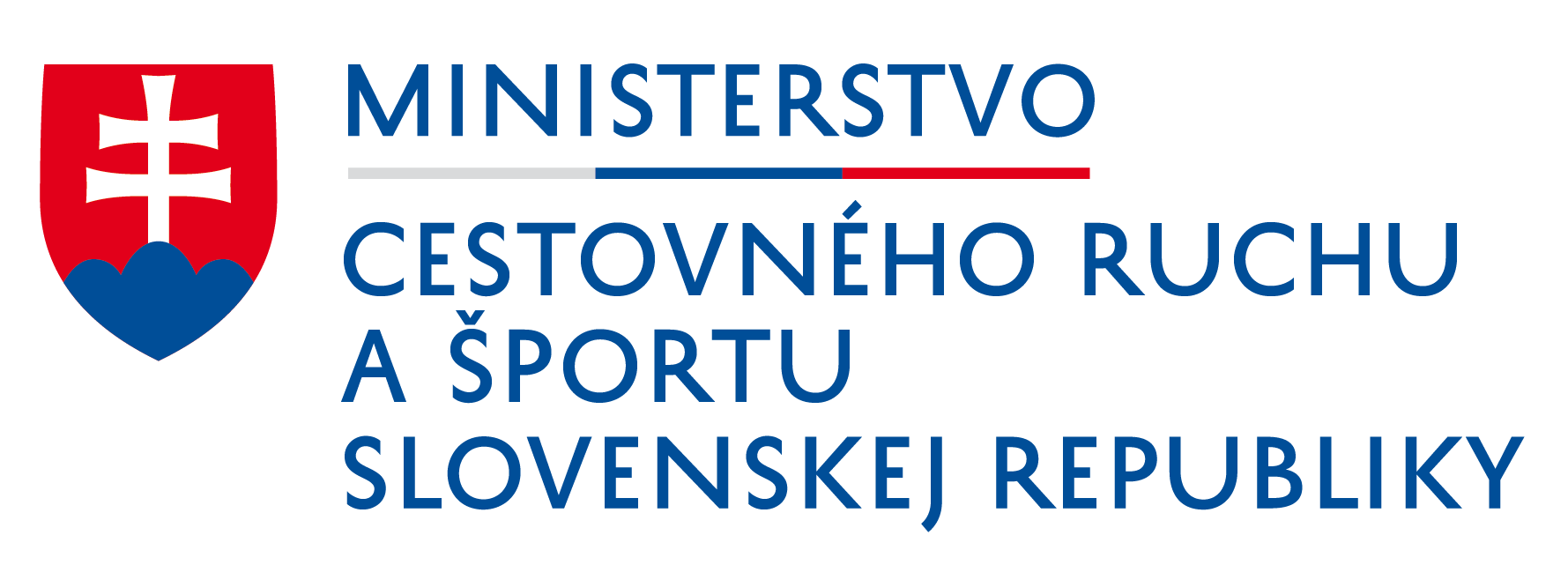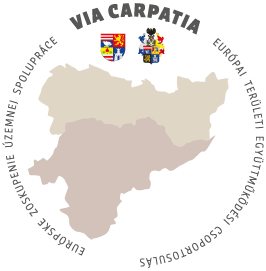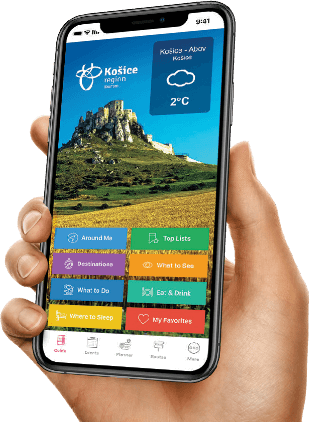
The Spiš Castle
Spiš Castle
One of the largest castles of Central Europe is located in the Spiš region. The castle stands on a large limestone rock and reaches up to 200 m above the surrounding terrain. It forms the dominant of the wide surroundings on the main road link connecting the eastern Slovak regions of Spiš and Šariš. Although it spans over the town of Spišské Podhradie, the area belongs to the cadastral area of the village of Žehra. The Castle is a national cultural monument and since 1993 it has been included in the UNESCO World Heritage List.
The oldest traces of the castle hill, nearly seven thousand years old, have been left by the people of the Neolithic. Important business routes intersected this site connecting southern Europe to the north and the east to the west. Today's castle hill was a haven for local residents.
The castle became a sought-after tourist object, as evidenced by an annually increasing number of its visitors. The attractiveness of the castle is enhanced by the proximity of other important monuments. Museum exhibitions of the Spiš Museum are currently placed in the Castle Museum on the history of the Castle, medieval weapons, and feudal justice.
The educational walkway of Sivá Brada - Dreveník leads in the vicinity of the Spiš Castle. Tourists may thus get to know the history of this area and its natural attractions at eight stops. Every year there are "castle games" staged at this Castle, where you may see the performance of historical fencing and other entertaining events.
Spišské Podhradie and Spišská Kapitula Chapter
The town is located in the Hornádska Kotlina basin, in the Margecianka river valley, about 12 km east of Levoča. It lies in the valley between two of the four medieval centres of the Spiš region, the Spiš Castle, and the Spišská Kapitula chapter. The earliest written mention dates back to the year of 1249. Spišské Podhradie was an extramural settlement of the Spiš Castle in the 12th century, which in the first half of the 13th century developed into a separate township, independent from the Castle. It belonged to the Community of the Spiš Saxons, and developed into a significant craft centre in the 14th century.
The Romanesque Church of the Nativity of Virgin Mary with Gothic and later Classicist reconstructions and a Gothic altar from the year 1500 in the interior are important architectural monuments in the town. The town has a Renaissance Town Hall built in 1546, Renaissance and Baroque artisan and burgher houses, a church and a monastery of Merciful Brothers, rebuilt in the Baroque style and the Baroque Marian Pillar. The development of the town and its crafts is closely related to the period of "Saxon Colonization".
In 1948, Spišská Kapitula chapter was connected to Spišské Podhradie, which since 1956 has been an urban pservation area. The Chapter was built at the crossroads of important roads under the Spiš Castle in the 11th century. Gradually, it became the Spiš Church centre and at the end of the 12th century it became the seat of the Priory. Today it is the seat of the renewed Bishopric of Spiš and Bishop Ján Vojtašák's Priest Seminary. In this part of the town, visitors may admire a Gothic jewel, St. Martin's Cathedral. The monuments of the Spiš Chapter also include a clock tower. Both Spiš Chapter and Spišské Podhradie were known for high-quality schools.
Sivá Brada
Sivá Brada (Grey Beard) is a travertine mound located near Spišské Podhradie. At the top of the mountain, there is a mineral water spring, creating a small lagoon, and other mineral springs are to be found in its vicinity. Today it is a national nature preserve, which is popular with tourists.
This is a travertine mound that is about 25 metres high. Interestingly, in contrast to the other mounds, this is a "live" travertine mound. Its existence is due to the springing water, therefore the travertine mound is expanding every year. In the past, there was also a geyser that sprayed up several metres high, but with time the eruption weakened until it completely ceased. Currently, it may dry out completely during the dry season.
This unique occurrence was declared a National Nature Preserve in 1979. You may also find a Baroque St. Cross Chapel of the year 1675, which dominates the neighbourhood. The Chapel is also part of the Spiš Jerusalem, which is a set of several chapels. It begins with the St. Martin Cathedral in Spišská Kapitula and ends at Sivá Brada.
Dreveník
The National Nature Preserve of Dreveník is situated to the southeast of Spišské Podhradie near the Spiš Castle. It lies at an altitude of 612 metres and is one of the oldest protected areas in Slovakia. The preservation is managed by Slovenský Raj National Park. On the hill of Dreveník, there had been a settlement of an agricultural man from the early Stone Age. Mammoth remains have been found here, as well as monuments from the Stone Age, the Bronze Age, and from the time of the Byzantine period. The mound was formed by the mineral water springs on a tectonic shell. It is the oldest of its kind in the vicinity of Spišské Podhradie and the largest travertine area in Slovakia. There are 3 caves on its slopes. Limestone towers on the eastern edge are called "Stone Paradise", and one of the most beautiful precipices is called the "Hell". The Stone Paradise is also a paradise for rock climbers due to a high number of rock towers here. From Dreveník, you may enjoy many wonderful views. Particularly spectacular is the view of the majestic Spiš Castle.

Route description
We start from the parking lot below the castle towards the centre of Spišské Podhradie. Through the centre, you will get further, on a mild ride up to the Spišská Kapitula chapter house. Some places have not yet gotten their tourist signs, and even where they are, they are not always well visible, so we recommend that you get downloaded the GPS coordinates on your mobile or other devices, so that you may biking in a much more confident and smoother way.
By the Spišská Kapitula chapter house, you will ride through the "gate" and then through the main road. The trail then leads through extensive meadows overlooking the Spiš Castle. Another good landmark is a short way from you, St. Rosalia Chapel. You do not have to go and see it now, you will come back to it. Ride along the woodlet to the right of it to the Spišský Salaš pastoral cottage restaurant, where you can eat well, should you so desire. Behind it, you will get on the main road for a while. From there, after a short ride, you will turn left to the next chapel, the Sivá Brada grey beard. There are several geysers around the chapel that create interesting formations on its slopes.
From the chapel, you will run downhill around a further geyser. Now you can reach the St. Rosalia Chapel, taking a short uphill ride across the meadow. When you have had enough of beautiful views of the countryside and its sights, ride back to Spišské Podhradie, to the starting point.
This time, you will ride from the car park up the hill towards the Castle. Just right before the steep hill to the Castle, turn right. You will pass by a small stone quarry. After it, turn left and ride to the Ostrá Hora mountain, where you may enjoy other wonderful views of the Spiš Castle. From the top of the hill, return a bit back. Continue to the Skalné Mesto rocky town next to the woods.
Behind the Skalné Mesto (Rocky Town), there is a short trample out, through which the bikes will have to be carried for several metres to get to the plane above the rocks. It is worthwhile riding downhill. There is a good look out anywhere around you along the paths through high grassy meadow, until you reach the concrete road on which you should turn left and after a few metres to the right to the field road to the village of Žehra.
In Žehra, it is worthwhile to visit the Holy Spirit Church at the cemetery. Then continue along the main road and the red biking sign direction Hodkovce. At the first junction, turn left to the hill. You will cross the village of Hodkovce. At the next junction at the cross, turn left to the Spiš Castle. Ride to the parking lot by the Castle. Now is the best time to visit the Castle.
Ride around the Castle walls back to the parking lot in Spišské Podhradie, where the spells around the Spiš Castle end.
























